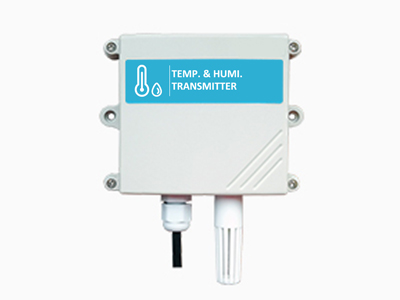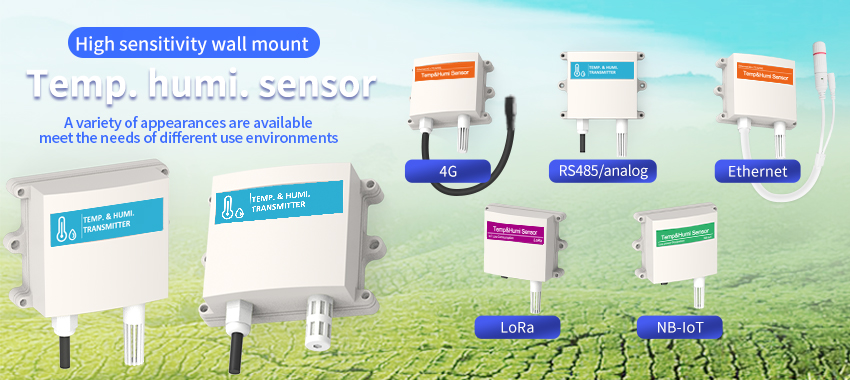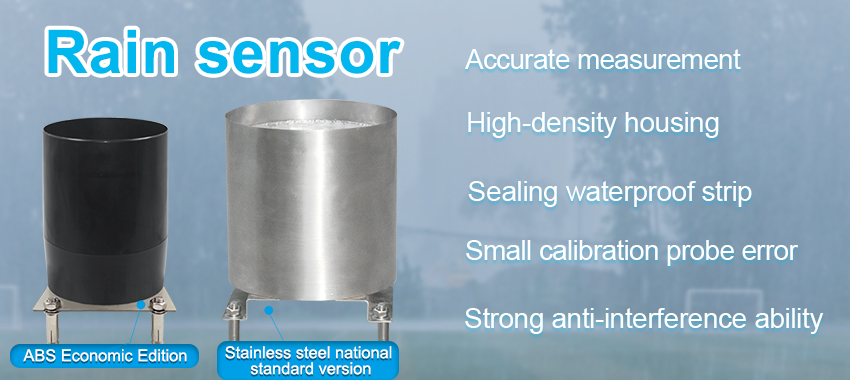What is an ambient weather station ?
An ambient weather station is a device that is designed to measure and record various weather parameters such as temperature, humidity, wind speed, wind direction, and precipitation levels. These devices are commonly used by meteorologists, farmers, and individuals who are interested in monitoring weather conditions for personal or professional reasons. In this article, we will discuss five functions of an ambient weather station.
- Temperature Measurement

One of the primary functions of an ambient weather station is to measure the temperature of the surrounding environment. This is done by using a thermometer sensor that is usually placed inside a radiation shield to protect it from direct sunlight. The temperature data is then collected and stored in the device’s memory or transmitted wirelessly to a remote location.
Ambient weather stations often have the ability to measure the indoor and outdoor temperatures separately, which is useful for tracking the effects of heating and cooling. They can also calculate the temperature changes over time, which is helpful for identifying patterns in weather conditions.
- Humidity Monitoring

Another important function of an ambient weather station is to measure the humidity of the air. This is done using a hygrometer sensor that measures the amount of water vapor in the atmosphere. Humidity levels can have a significant impact on human comfort, plant growth, and the overall health of the environment.
Ambient weather stations can monitor both the indoor and outdoor humidity levels and track changes over time. They can also use the humidity data to calculate the dew point, which is the temperature at which dew or frost forms.
- Wind Speed and Direction

Most ambient weather stations also have sensors that measure wind speed and direction. These sensors are usually in the form of an anemometer and a wind vane. The anemometer measures the speed of the wind, and the wind vane determines the direction from which the wind is coming.
Wind speed and direction data is useful for a wide range of applications, including aviation, agriculture, and outdoor recreation. Ambient weather stations can provide this data in real-time and display it on a screen or transmit it wirelessly for remote monitoring.
- Precipitation Measurement

Another important function of an ambient weather station is to measure the amount of precipitation that falls in a given area. This is done using a rain gauge sensor that collects and measures the amount of rainfall or snowfall.
Precipitation data is essential for farmers, hydrologists, and meteorologists who need to track the amount of moisture in the environment. Ambient weather stations can track precipitation levels over time and provide data on the amount of rainfall or snowfall in a given period.
- Weather Forecasting
Finally, some advanced ambient weather stations have the ability to forecast future weather conditions based on the data collected from the various sensors. This is done using complex algorithms that analyze patterns in the temperature, humidity, wind speed, and other parameters.
Weather forecasting is a valuable function of an ambient weather station, as it can help individuals and businesses prepare for changes in the weather. It is also useful for planning outdoor activities or farming operations.
In conclusion, an ambient weather station is a versatile device that can provide a wealth of information about the environment. With its ability to measure temperature, humidity, wind speed and direction, precipitation, and even forecast future conditions, an ambient weather station has become an essential tool for weather enthusiasts, farmers, and meteorologists alike.